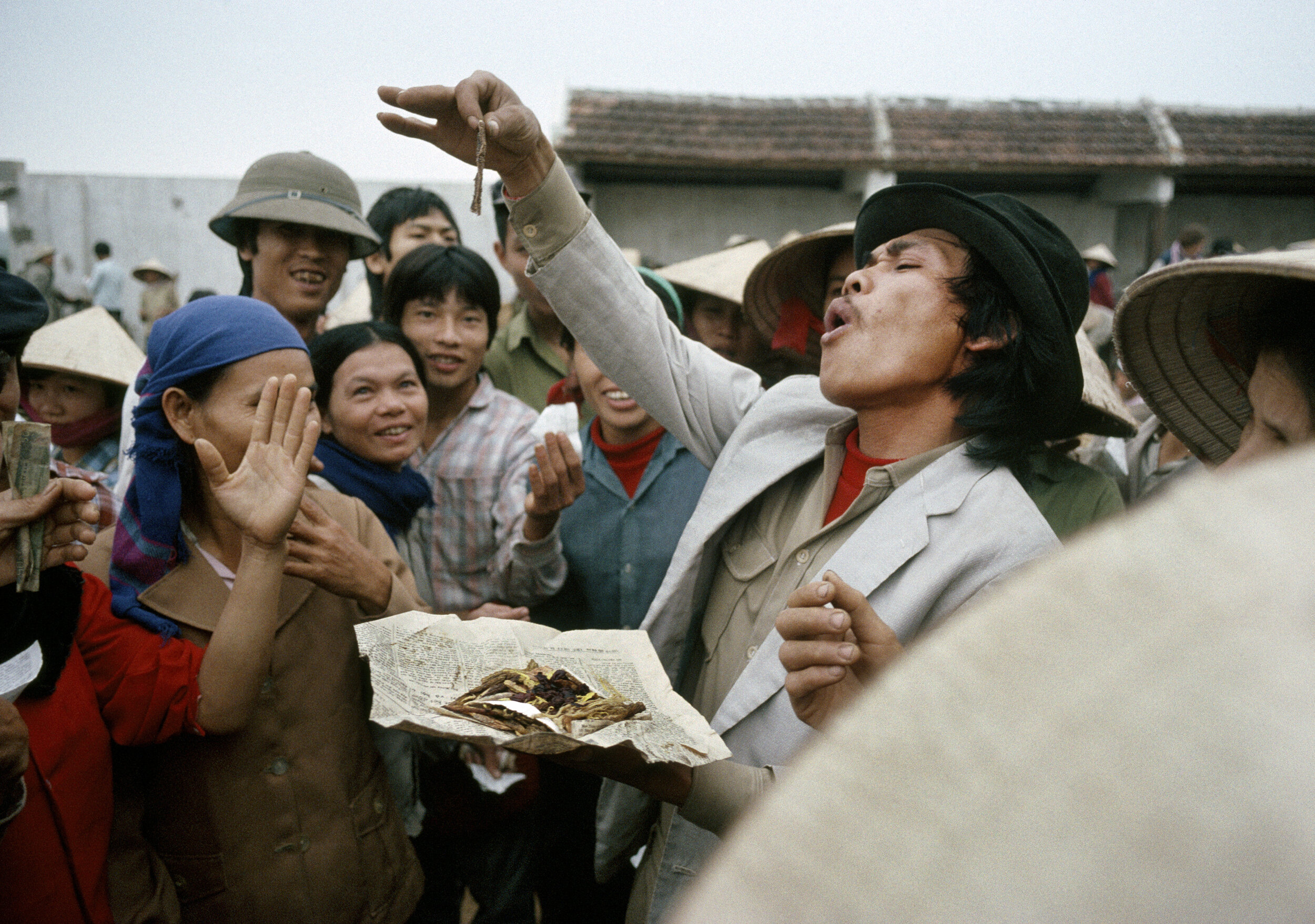Vietnam: After the War
Following North Vietnam’s victory over South Vietnam, which brought an end to the Vietnam War, the two halves were reunited in 1976 to form the Socialist Republic of Vietnam. The 20-year war - also known in Vietnam as the Second Indochina War and Resistance War Against America - left the country isolated from outsiders for a further decade, until the rest of South East Asia began to expand economically and Vietnam had no alternative but to move away from its dependence on its Communist allies and dramatically reform its command economy.
In 1986 the Vietnamese Communist Party initiated economic reforms, known as Doi Moi, to help transition Vietnam to a socialist-oriented market economy. Interested in documenting the changes that would confront the North Vietnamese in the following years, I pursued permission for a long term project with the Vietnamese Foreign Ministry. In 1988, the Foreign Ministry granted a writer and I unprecedented access to a northern village, Khanh Phu, in present day Nam Dinh Province. A village of 4,000 people 60 miles south of Hanoi, Khanh Phu’s agrarian based economy had been run under Agricultural Collectivization by Communist leaders for decades and was about to plunge into the new policies and modernization of the post war socialist-oriented market economy.
As an American, I faced a legacy of restrictions left over from the war. My itinerary was pre-approved by the national, provincial, and district level Communist Party committees, and a Foreign Ministry guide/translator was required to be with me at all times (and was essential to helping navigate everything I did). I was required to board with an approved host family whose home had no running water or electricity.
This is a first look at the unpublished Kodachrome film. The only Americans Khanh Phu villagers had seen were in B-52’s flying over the north at 30,000 feet. This was uncharted territory for the villagers, but I was warmly welcomed and entrusted with access to all aspects of familial, cultural, and economic life. I remain intrigued by the lives and intimate spaces I had a chance to explore in these images.



























































